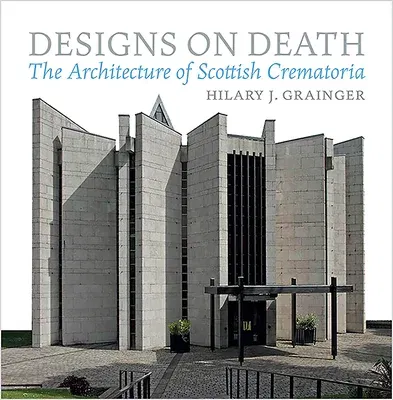Hilary Grainger
(Author)Designs on Death: The Architecture of Scottish CrematoriaHardcover, 1 December 2020

Qty
1
Turbo
Ships in 2 - 3 days
Only 2 left
Free Delivery
Cash on Delivery
15 Days
Free Returns
Secure Checkout

Print Length
352 pages
Language
English
Publisher
John Donald Publishers
Date Published
1 Dec 2020
ISBN-10
1910900303
ISBN-13
9781910900307
Description
Product Details
Author:
Book Format:
Hardcover
Country of Origin:
GB
Date Published:
1 December 2020
Dimensions:
23.88 x
24.89 x
3.81 cm
ISBN-10:
1910900303
ISBN-13:
9781910900307
Language:
English
Pages:
352
Publisher:
Weight:
2086.52 gm